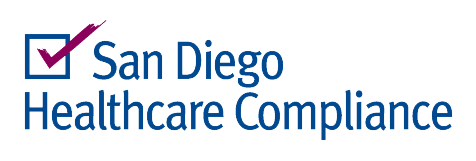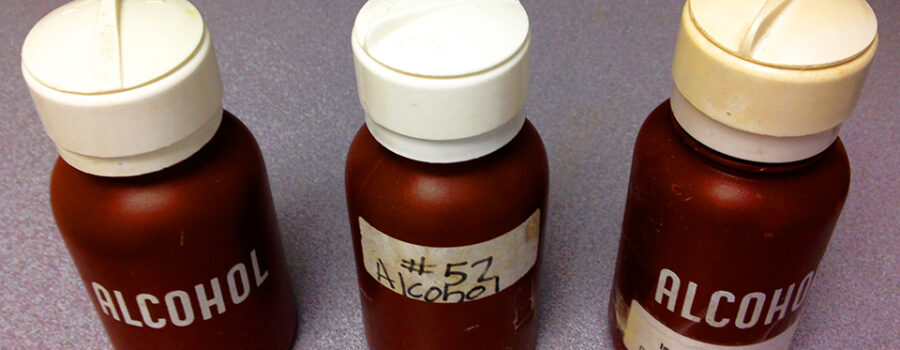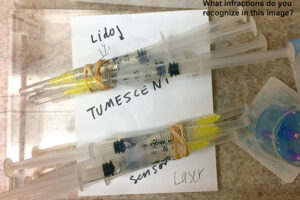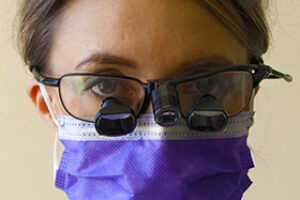OSHA’s Hazard Communication (HC) Standard protects employees from chemical exposures. OSHA wants your employees to know the identities and hazards of chemicals, how to prevent exposures, and what to do in case of an exposure.
You should create and implement a written Hazard Communication Program for your office.
Remember: Your employees are exposed to dangerous chemicals from eye splashes, skin contact, inhalation, and ingestion. Therefore, on at least an annual basis, ensure that your employees receive customized HC instruction as part of their comprehensive onsite OSHA training.
In your written Plan, document efforts to eliminate and minimize chemical use.
Example: gluteraldehyde (“cold sterilization”), once commonly used to sterilize heat-sensitive items, can cause asthma and blindness. You should replace heat-sensitive items with autoclavable items whenever possible to minimize or eliminate gluteraldehyde use.
Be sure your HC Plan includes ways to protect your staff from all exposures for those chemicals whose use is essential for your practice. Follow the Instructions for Use (IFU) that accompany your chemicals. Install eyewash stations and use personal protective equipment (PPE).
- Use respiratory protection for volatile chemicals (e.g., isopropyl alcohol), powders (e.g., dental stone), and dust (e.g., cutting to remove casts after bone fracture healing).
- Use eye and face protection, optimally in combination, to prevent mucous membrane and skin exposure.
- Use impermeable gowns, aprons, and gloves to prevent skin exposure.
In 2012 OSHA expanded the HC Standard to include the Globally Harmonized System (GHS). This classification and labeling system is intended to prevent and respond to chemical exposures. Be sure to place the appropriate pictogram(s) on all chemical container labels, even those small alcohol dispensers filled from larger bottles. The HC Standard requires practices to maintain a library of current Safety Data Sheets (SDS) for all chemicals in your office. We recommend keeping both electronic and printed SDS copies.

Pictograms used in the Globally Harmonized System
Working in a healthcare facility presents safety risks, including exposure to dangerous chemicals. San Diego Healthcare Compliance provides in-depth office inspections and customized onsite employee training that can help keep your office safe AND compliant, setting your mind at ease so that you can focus on your practice.




